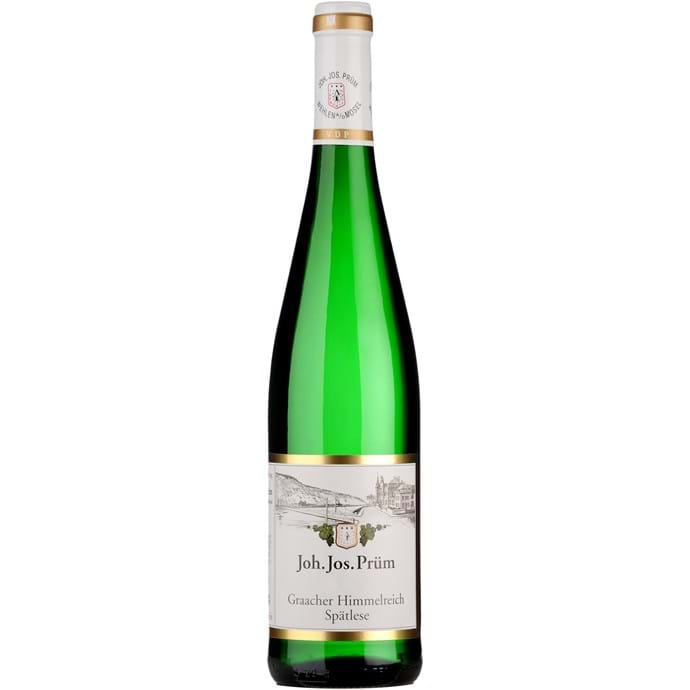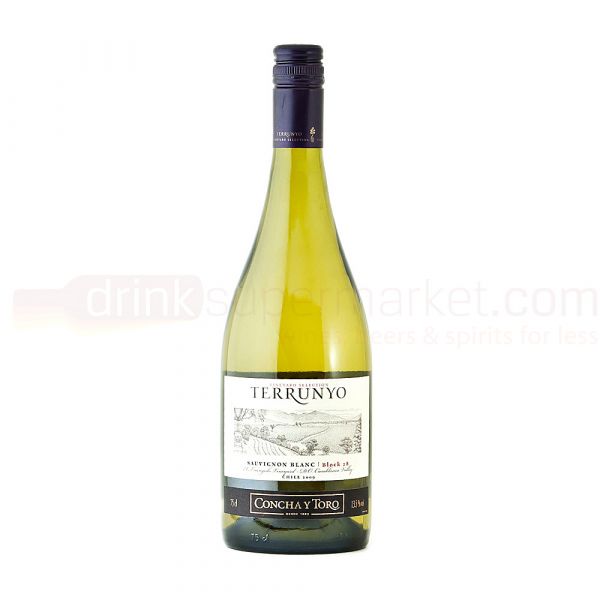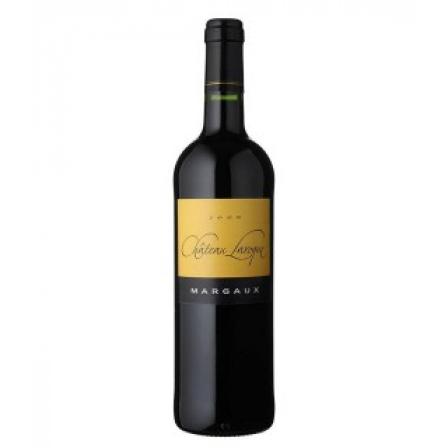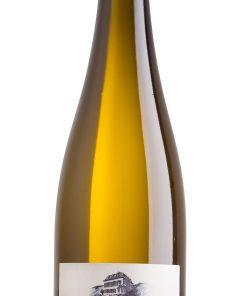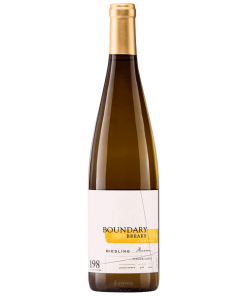2020 S.A. Prum Graacher Himmelreich Riesling Spatlese
2020 S.A. Prum Graacher Himmelreich Riesling Spatlese Clear, golden in colour, tears. Clean nose, medium in intensity, filled with steely honey and roasted pear. Off dry, high acidity, medium minus body, tonnes of smorgasbord pear, baked apple, beautiful honey and a touch of lemon to keep it fresh. Long finish. Excellent.
Weingut S. A. Prum
Taub Family Selections represents a portfolio of fine wines produced by highly-regarded winemaking families with deep, long-established roots. Our portfolio centers on true terroir-driven expressions that are benchmarks from the most heralded wine regions of the world. Each wine in our portfolio embodies not only the terroir, but the passion of each family intimately involved from the vineyard to the table. Join us in experiencing our unique, diverse and authentic fine wines.
Riesling Wine
Riesling is a light-skinned, aromatic grape of German origin which is – if the majority of top wine critics are to be believed – the world’s finest white wine grape variety.
For many, the claim above may seem at odds with the sea of chaptalized, low-quality wine exported from Germany in the late 20th Century. In truth, very little of that infamous wine was Riesling at all, but instead higher-yielding grapes such as Müller-Thurgau and Silvaner), but the reputation has nonetheless stuck. Riesling has also been stereotyped as just a sweet grape, used only to make sticky wines. But while botrytized Rieslings are among the finest sweet wines in the world, the majority of global Riesling wines are either dry or off-dry.
The Riesling vine holds a very different place in the wine world to such great grapes as Cabernet Sauvignon, Merlot or Chardonnay. While these immensely popular varieties have conquered every corner of the winegrowing world, Riesling is conspicuously absent from the core wine regions of France, Spain and Italy. Its fanbase is smaller, but fervent.
Riesling’s spiritual home is unquestionably the regions that trace the middle Rhine and the lower Mosel, two of Europe’s great wine rivers. Here we find the key wine regions of Germany, most famously Mosel, Rheinhessen, Rheingau and Pfalz. Riesling vines cover the steep, slate-rich hillsides above these famous rivers, and are used to make crisp, refreshing wines with pronounced acidity.
On the other side of the Rhine lies Alsace, once German but now part of France. Here, Riesling is the most important wine grape variety in terms of both quantity and (arguably) quality. Alsace Riesling has its individual style, richer and more generous than those made in Germany. This is made possible by the region’s sunny, dry mesoclimate and the shelter provided by the Vosges Mountains.
Austria also produces a large quantity of Riesling, most notably from its eastern Wachau and Kremstal regions. This is made mostly in drier styles, although Lake Neusiedl, just southeast of Vienna, creates a sufficiently humid climate for the production of sweet botrytized Riesling.
Related products
White Wine from Mosel, Germany
White Wine from New York, United States
White Wine from Washington, United States
